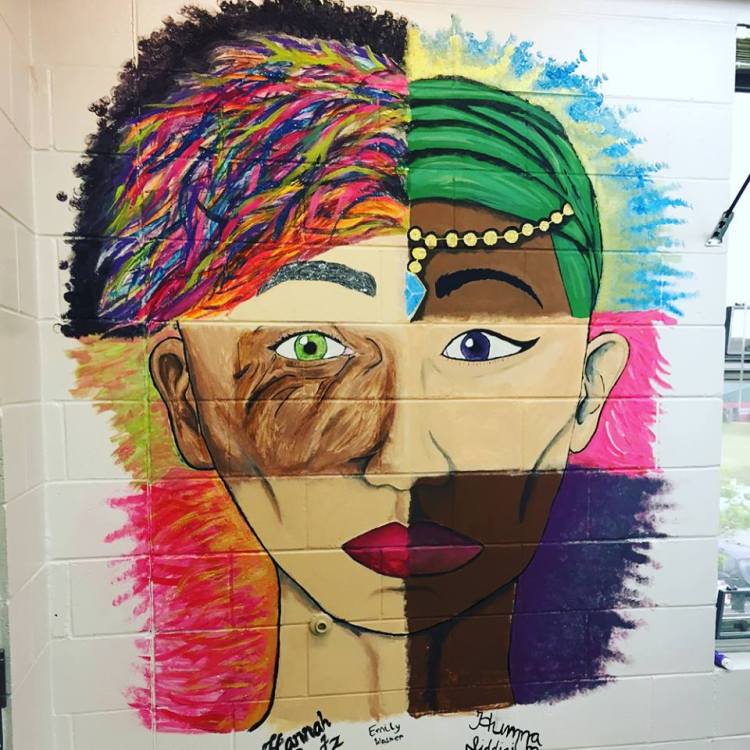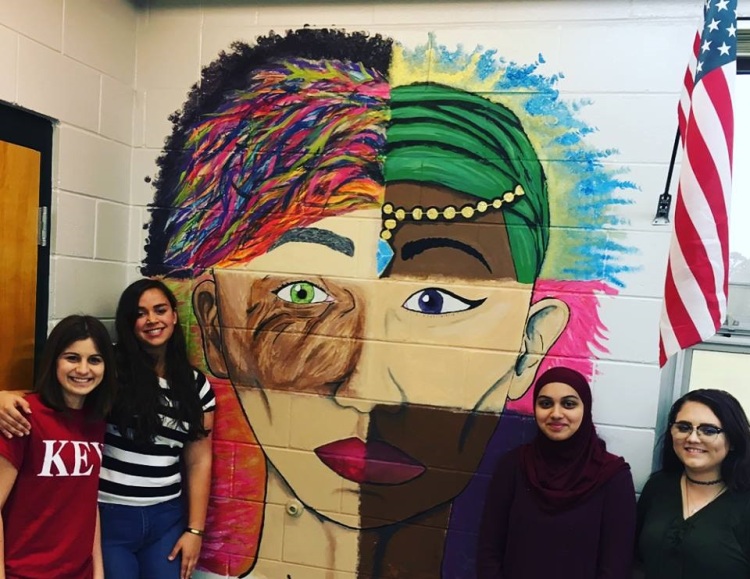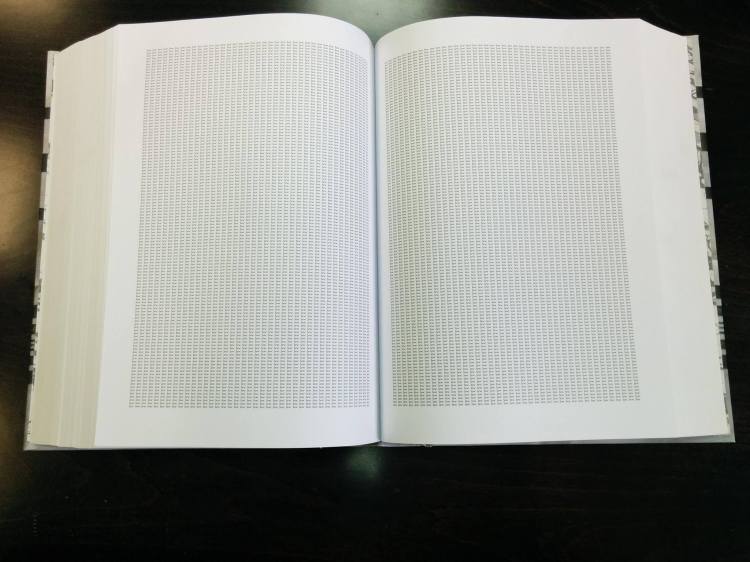
Tag Archives: HERC
Diversity
This year, in my social psychology unit, I used a lesson from Echoes and Reflections, a Holocaust education resource program, to open up a dialogue about racism, discrimination, intolerance, sexism, hate crimes and other issues related to diversity. We viewed clips of Holocaust survivors and then watched a dated PBS documentary, circa 1996, called “Not in Our Town,” about a group of citizens in Billings, Montana, who joined together and stood up to put an end to anti-Semitism.
The documentary led to a social movement, and there is a wonderful webpage (https://www.niot.org/) and YouTube channel which highlights modern “Not in Our Town” messages across America. I highly recommend both as resources in the classroom. Ironically, this lesson coincided with an incident less than a mile from our school, where an anti-Sematic message was spray-painted across the front of a business in plain view of all of our students passing by. This happened in an affluent, middle class neighborhood, proof that it can happen anywhere.
I wrapped up this message by asking students to work informally in groups and choose a minority population for which to advocate, with the intent of expressing this group’s view points and any discrimination faced by them to the other students. The goal was to teach empathy and compassion. This part of the plan was literally put together on a whim as our conversations unfolded; however, I was stunned by how wonderful the presentations were. Here is an example of one of the beautiful messages that was delivered. It is shared with permission.
This month, our school participated in the First Annual Holocaust Education Resource Council (HERC) Living History Museum. I am on both the HERC education committee and the school’s committee, so I wanted to contribute something special. I asked my students to create a mural that would reflect that they had learned as part of our “Not in Our Town” unit.
This is the final product. We named it Diversity.

Lessons from the Holocaust Learned by a Young Child
